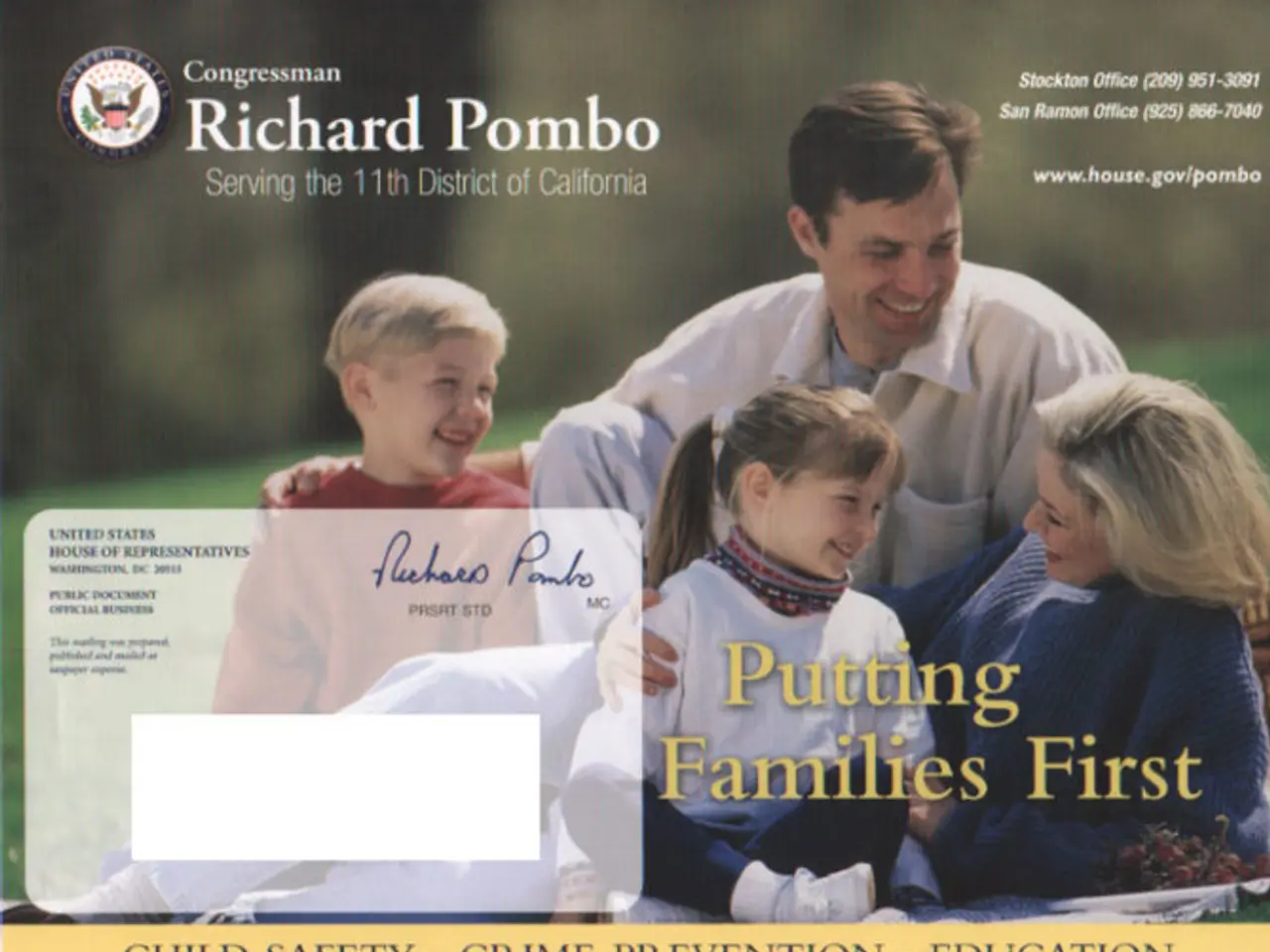Job Application Writing Guidance: Drafting Your Resume and Cover Letter in English
In today's competitive job market, crafting a compelling resume and cover letter is essential to make a strong impression on potential employers. Here are some guidelines to help you create effective documents that showcase your qualifications.
Resume Best Practices
A well-structured resume is crucial for readability and professional appearance. Divide it into clear sections, including contact information, a professional summary, skills, work experience, education, and additional relevant sections such as certifications.
Personalize the content of your resume to match the specific job by emphasizing relevant skills and experiences that align with the job description. Use strong action verbs like "led," "developed," and "achieved" to describe your responsibilities and accomplishments. Highlight quantifiable achievements with numbers or measurable impacts to demonstrate your impact. Format your resume with clean fonts, consistent spacing, and bullet points to ensure readability.
Avoid common mistakes like spelling/grammar errors, irrelevant information, lack of focus, or generic statements. Ensuring contact details are current and correct is essential to prevent major repercussions.
Cover Letter Best Practices
A cover letter should follow a standard format, including a header with your contact info and date, a personalized salutation, an engaging opening paragraph, body paragraphs explaining why you’re a good fit, and a professional closing with a call to action.
Address the hiring manager directly by name if possible to personalize the letter. Do not simply restate your resume; instead, use the cover letter to tell a story about your motivation, highlight key achievements, and show how you uniquely meet the job needs. Use enthusiastic but professional language, and keep the letter concise—about 3 to 5 paragraphs long.
Including a strong closing that expresses eagerness for an interview and considering adding a P.S. with an intriguing or additional offer to engage the reader further is a great idea. Ensure the formatting is clean and professional, with clear sections such as header, greeting, introduction, body, and closing salutation.
Avoid informal greetings (like "Hi there") and overly long or generic paragraphs. Personalize the cover letter for each application, researching the company and understanding its culture to demonstrate genuine interest.
Getting Past Applicant Tracking Systems (ATS)
To get past Applicant Tracking Systems (ATS), use a simple, straightforward format, with standard headings, including keywords from the job description, and avoid excessive 'keyword stuffing.' Each section of the resume should be meticulously crafted to highlight the individual's most relevant experiences and skills.
Proofreading
Finally, proofread both documents carefully or use tools to catch grammar, punctuation, and spelling mistakes. These errors can significantly harm your chances. Taking a break before final review helps catch overlooked issues and lets you add last-minute improvements.
By following these guidelines, you can create compelling, tailored, and professional resumes and cover letters that effectively communicate your qualifications and make strong impressions on employers.
In the process of constructing a stellar resume, don't forget to incorporate sections for fashion-and-beauty, education-and-self-development, or career-development experiences if they align with the job description, as these areas are significant aspects of a well-rounded lifestyle.
When writing a captivating cover letter, use it as an opportunity to elaborate on your passion for fashion-and-beauty, education-and-self-development, or career-development, and demonstrate how these experiences make you a unique fit for the job.




